"This is the situation that I often come across: a grower has a climate system, but they're not getting the optimal results. So they search for another system to add to their production, to hopefully get better results. However, if you don't find the right balance between these systems, you're not getting the most out of them and might even run into issues," says Vincent Kickert of ARC Technology. As a climate specialist, Vincent helps to develop new systems and cultivation projects. But on top of that, he helps growers who are not getting the results they were looking for. "It's often not about having the wrong systems. It's more often the case that there is no harmony between the elements that should be working together. The importance of air movement is often underrated."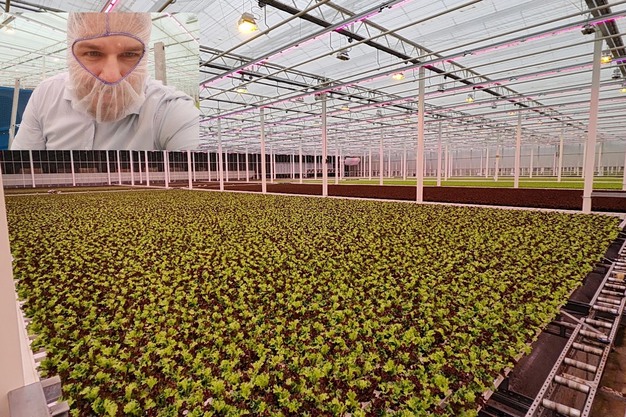
Vincent Kickert at work in a greenhouse
Air movement
Why is proper air movement so important? "Air moves upwards. In a greenhouse, the plant evaporates moisture into the air. Not only does the air become more humid, it first becomes colder and heavier and a microclimate is built up. From this microclimate the air then absorbs heat and moves up," Vincent explains. "The more air movement is being forced through the crop, the more the evaporation is also stimulated. If the air movement is right, the air is going through the crop, across the leaves and brings CO2 to the leaves, which stimulates growth. The result: a faster growing crop with better results."
But what happens if the air movement is not done correctly? "If air movement is not homogeneous, one plant gets more air movement than another plant in the greenhouse. You will then get inconsistencies in the crop. Everything needs to be even and in balance to get the optimal result out of your systems and crop."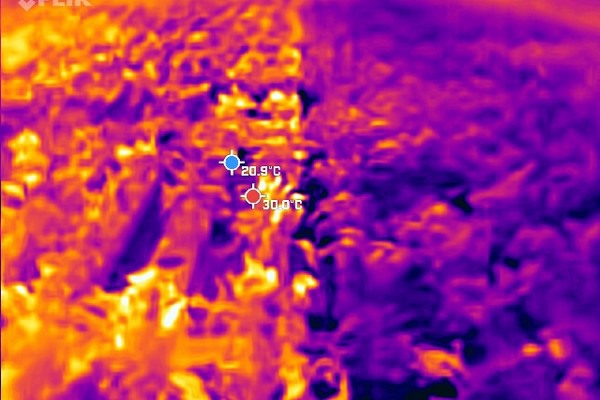
Two different varieties in the same climate. "Seeing and understanding why one variety survives and the other does not is where a cultivation specialist and climate specialist must find the connection together," Vincent says.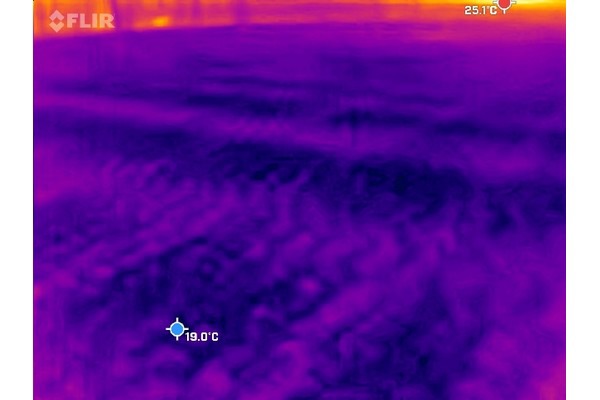
Active air movement through a crop creates differences in activity and evaporation. More evaporation results in colder plants, thus providing a quick insight into how even a crop looks in a greenhouse.
Vincent still runs into growers not taking into account the effect that one different component can have on the climate. "More light means different values. Different CO2 levels mean different values. So that also needs to be taken into account when adding a new climate component to your cultivation. How much of a deviation in the climate will it give and are the different systems working in harmony?"
As an example, Vincent was working with a grower who had a cooler on one side of the greenhouse and a dehumidifier on the other side. "On the one side, there is cold and humid air blown onto the crop. On the other side, the crop is getting warm and dry air. Such contradictory components make it difficult to get good results. Adding a new climate system may seem like an improvement to your cultivation. But if the different components are not properly aligned, it may even result in a setback."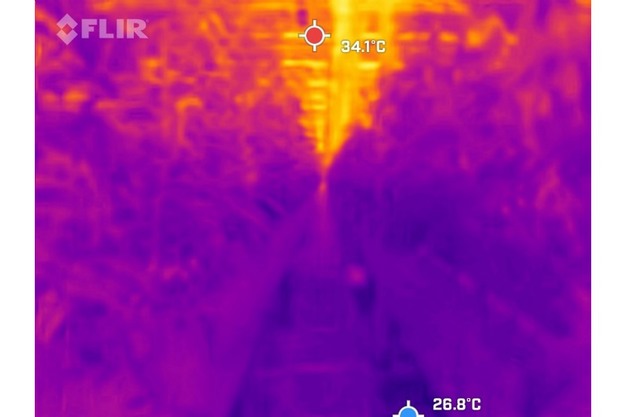 "Similar to a "flat" crop like lettuce, a tomato also has its temperatures. Where it is visibly colder at the bottom (also due to active cooling blown in at the bottom), a gradient can be found across the crop. The vertical gradient is rarely the biggest problem, but the gradient between front and back more often constitutes an uneven growth rate. Plants that are structurally colder will fall behind or the warmer plant is too warm and stops because of stress. Equalizing climate requires multiple components working together in harmony," Vincent explains
"Similar to a "flat" crop like lettuce, a tomato also has its temperatures. Where it is visibly colder at the bottom (also due to active cooling blown in at the bottom), a gradient can be found across the crop. The vertical gradient is rarely the biggest problem, but the gradient between front and back more often constitutes an uneven growth rate. Plants that are structurally colder will fall behind or the warmer plant is too warm and stops because of stress. Equalizing climate requires multiple components working together in harmony," Vincent explains
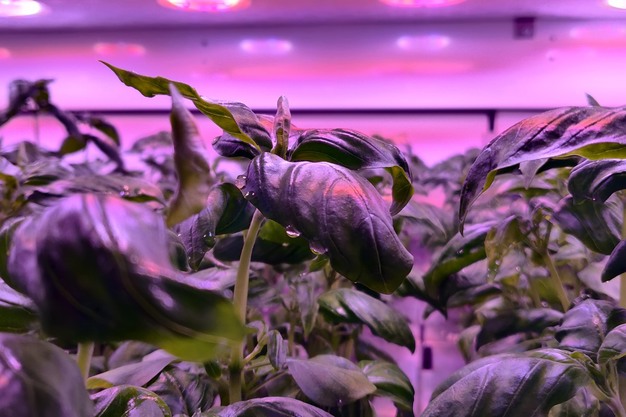
Basil in a vertical farm. "When climate is out of balance, several problems can occur simultaneously. In a single photo, guttation from the plant/leaf, bulging of the leaf to protect against desiccation and hollowing of the leaf to reduce incoming light and increased evaporation can be seen. Three different problems, all coming from climate imbalance and air movement not tuned to support the plant at the right times."
Different climates, different challenges
In such situations, specialists like Vincent are available to provide support. Yet that's not an easy task. Working globally, Vincent works with growers that are dealing with very different situations and climates. "In the Netherlands, 30 degrees Celsius is considered a heatwave. The same temperature is definitely not considered a heatwave during the Australian summers. So you need to know how to adapt your techniques to each individual situation. Even if the greenhouse is built correctly and the correct components are in there, they still need to be working in harmony to get the right results for your growing situation. There is not a one-size-fits-all climate solution that all growers can make use of."
Therefore, Vincent calls on the industry to not shy away from bringing in specialists for a fresh outside look. "Oftentimes, companies try to do everything themselves. But there's no shame in bringing a third party or specialist on board to make sure your cultivation is optimized. That's what we're here for."
For more information:
ARC Technology
www.arc-technology.nl
